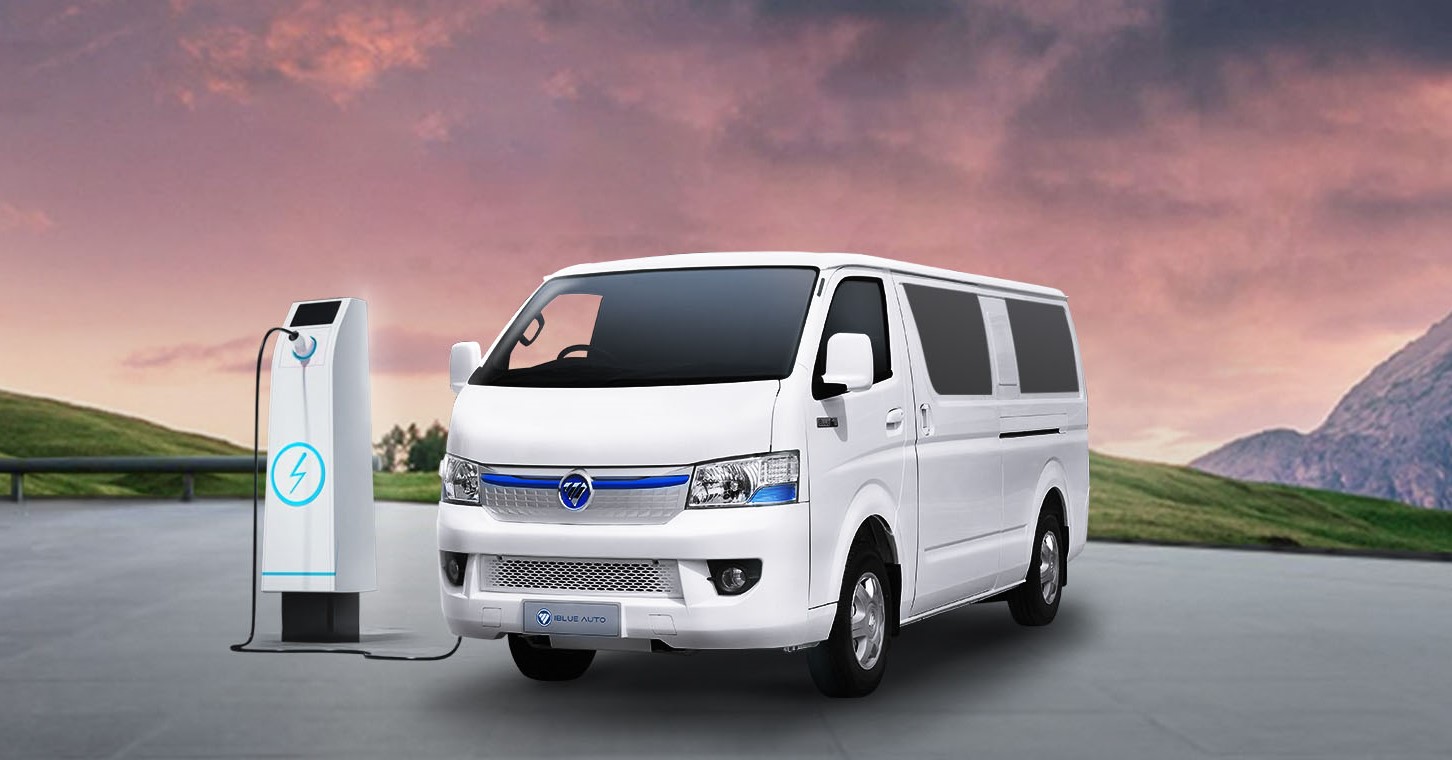The Budhi Gandaki Hydroelectric Project was first identified in 1978, while the first feasibility study was conducted in 1998. However, the government spent all these years debating whether to construct it with domestic or foreign investment. The 12,000 MW-capacity reservoir project is seen as an example of a project that has been unable to rise above political intrigues. The government has now decided to implement the project by mobilizing internal resources.
The Ministry of Energy, Water Resources, and Irrigation has finalized the project’s investment modality and sent it to the finance ministry for approval. A committee formed by the energy ministry has proposed to the government to own 51 percent stakes in the company to be formed to implement the project.
The committee, led by Joint Secretary Nabin Raj Singh of the energy ministry, proposed the modality. Arjun Kumar Gautam, CEO of the Hydroelectricity Investment and Development Company Limited (HIDCL), Dr Jagat Kumar Shrestha, CEO of the Budhi Gandaki Hydroelectric Company Limited, and the ministry’s Senior Divisional Engineer Raju Maharjan were in the committee.
HIDCL CEO Gautam said that the government can now proceed with the implementation of the project based on the committee’s report.
According to the report, the estimated cost of the project is around Rs 310bn. The committee has proposed a 70:30 debt-to-equity ratio, which means 30 percent of the project cost will be equity investment and the remaining 70 percent will be loan investment. The committee has suggested to the ministry to mobilize equity investment from the government, Nepal Electricity Authority (NEA), public entities, and through an IPO from the general public and project-affected locals. Likewise, it has proposed seeking Rs 139.91bn concessional loan and Rs 78.35bn commercial loan.
The committee has also suggested investing money collected from infrastructure tax levied on petroleum products in the project. The government started collecting infrastructure tax on petroleum imports in 2016 when finance minister Bishnu Prasad Poudel levied Rs 5 per liter infrastructure tax on diesel and petrol imports at the customs point.
Excluding the Viability Gap Funding (VGF), the government’s total investment in the project will be Rs 186.93bn. The total government investment will be Rs 260.13bn if VGF is accounted for. VGF refers to investments that the government supports projects that are economically justified but fall short of financial viability.
Gautam said that the provision of VGF has been recommended in the report to make the project financially viable to to raise commercial loans and investment through IPO. The committee has recommended raising Rs 18.44bn through an IPO.
The committee has suggested that the government levy an annual interest rate of one percent for the concessional loans, with a loan tenure of 50 years, including an 8-year construction period. It has suggested forming a consortium of co-financiers, including the Employee Provident Fund, Citizen Investment Trust, HIDCL, Social Security Fund, and commercial banks, to arrange the necessary commercial loans for the project. According to the financial plan, the developer can raise up to Rs 20bn through energy bonds issued by HIDCL.
The committee has recommended to the government to start project implementation in 2024/25 and complete it by 2031/32. According to the proposal, the project will need Rs 17.37bn in the first year, Rs 19.01bn in the second year, Rs 23.81bn in the third year, Rs 41.67bn in the fourth year, Rs 44.95bn in the fifth year, Rs 82.49bn in the sixth year, Rs 2.43bn in the seventh year, and Rs 38.74bn in the final year.
The project is of strategic importance as it provides multi-faceted benefits such as irrigation, drinking water, fisheries, water transportation, flood control, and tourism along with hydropower generation. The construction of the Budhi Gandaki Hydroelectric Project can be seen as an opportunity for the integrated utilization of domestic capital. Moreover, the electricity generated from the project can positively impact the country’s economy by displacing the billions of rupees spent annually on importing petroleum products.
The National Planning Commission had formed a committee under the leadership of its then Vice-chair Dr Swarnim Wagle in 2017 to prepare an investment framework for the construction of the Budhi Gandaki Hydroelectric Project. The Governor of Nepal Rastra Bank, secretaries of the finance and energy ministry, managing director of NEA, and a joint secretary of the energy ministry were members of the committee.
The committee had suggested forming a subsidiary company under NEA to implement the project by mobilizing investment from Employees Provident Fund, Citizens Investment Trust, Rastriya Beema Company, HIDCL, Nepal Telecom, Upper Tamakoshi Hydropower Ltd, CHilime Hydropower Ltd, welfare funds of Nepal Army and Nepal Police, among others. It has also suggested to the government to invest about 35 percent of the project cost as VGF through concessional loans or by utilizing funds collected as infrastructure tax.
Likewise, another study committee led by NEA’s Deputy Executive Director Pradip Kumar Karki suggested that the government invest Rs 73bn as VGF and make a 70:30 equity and loan ratio. It suggested that equity investment could be raised from NEA, Employees Provident Fund, Nepal Telecom, Citizens Investment Trust, and insurance companies, etc.
.png)
.png) 4 weeks ago
66
4 weeks ago
66








 English (US) ·
English (US) ·